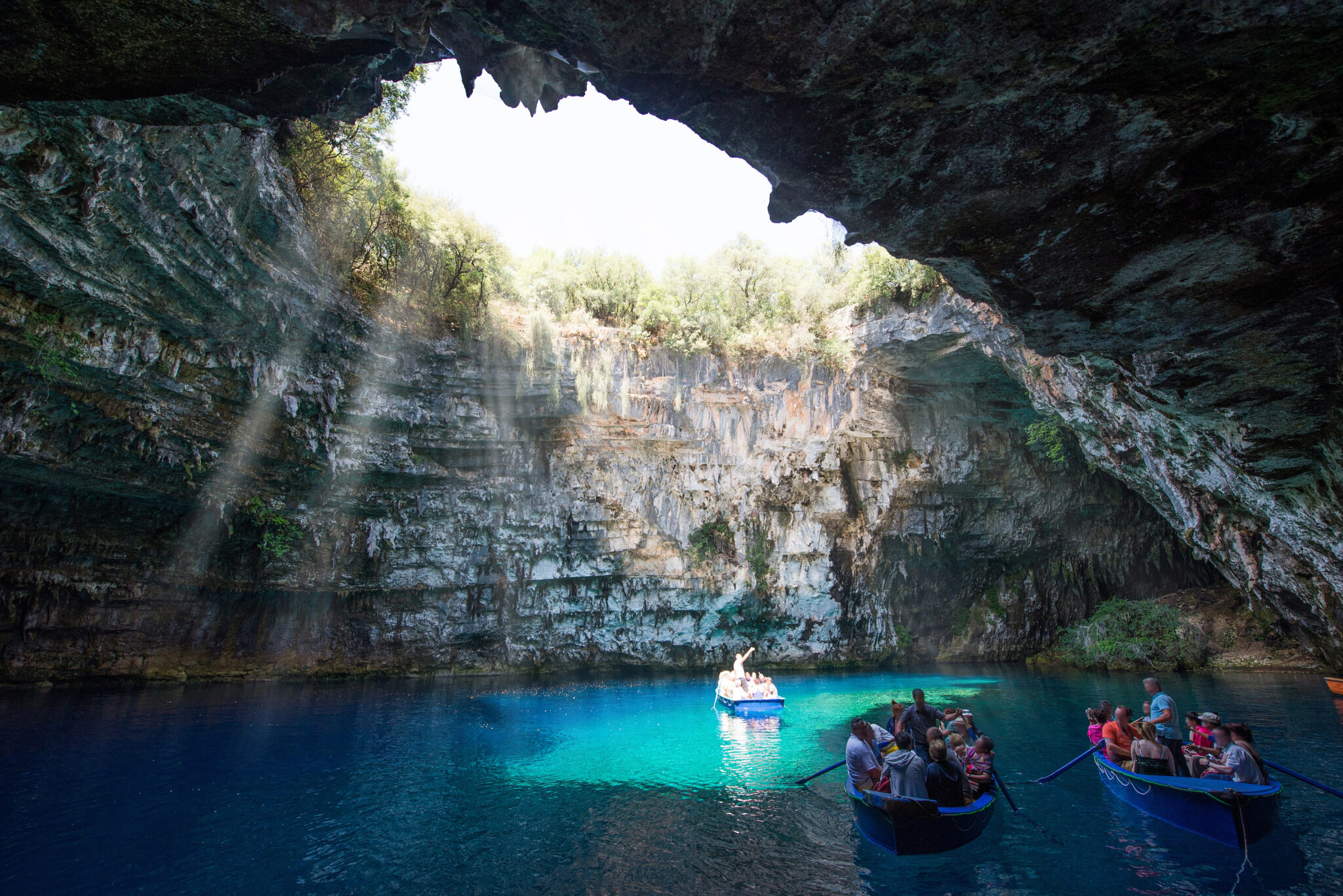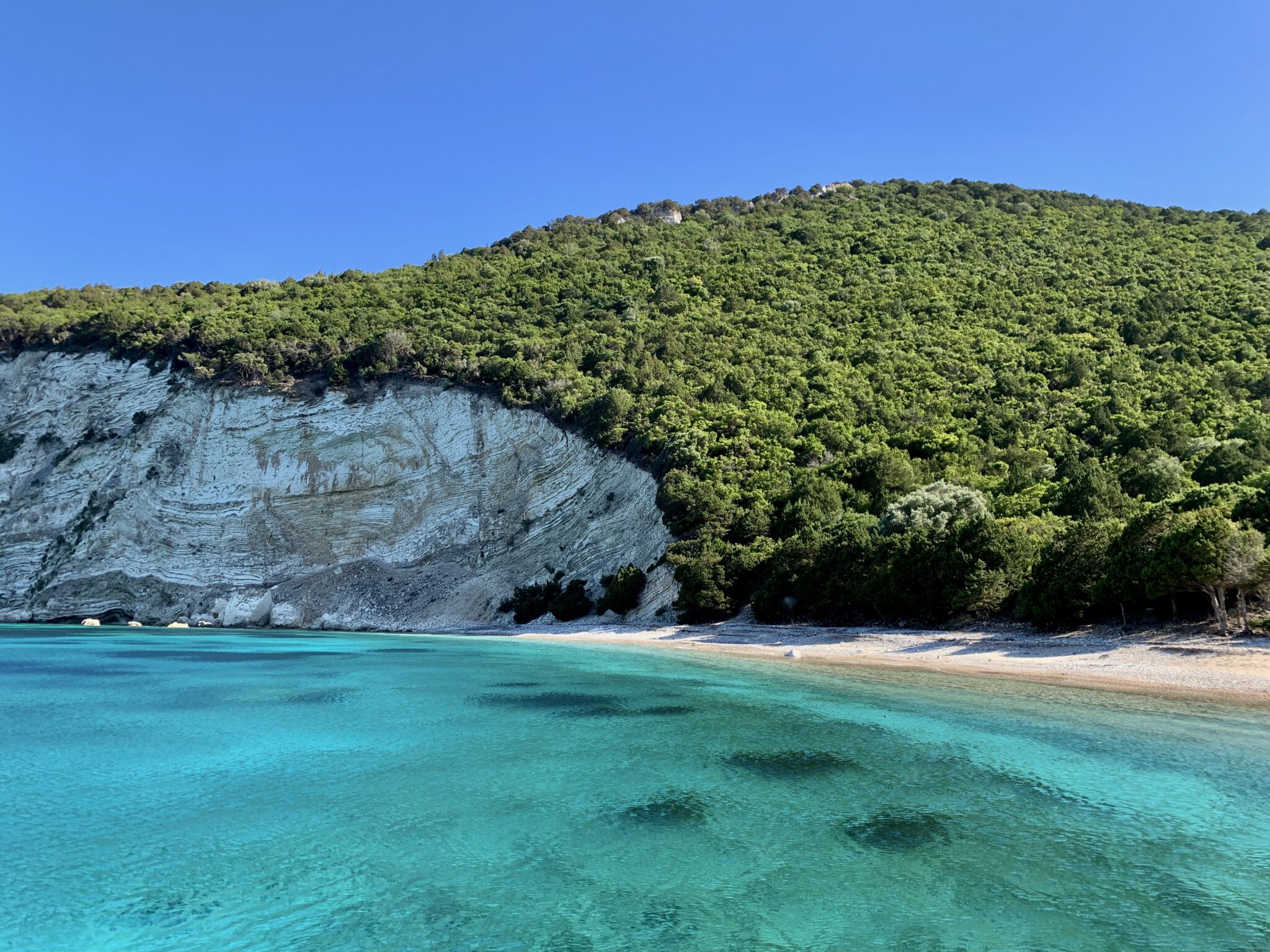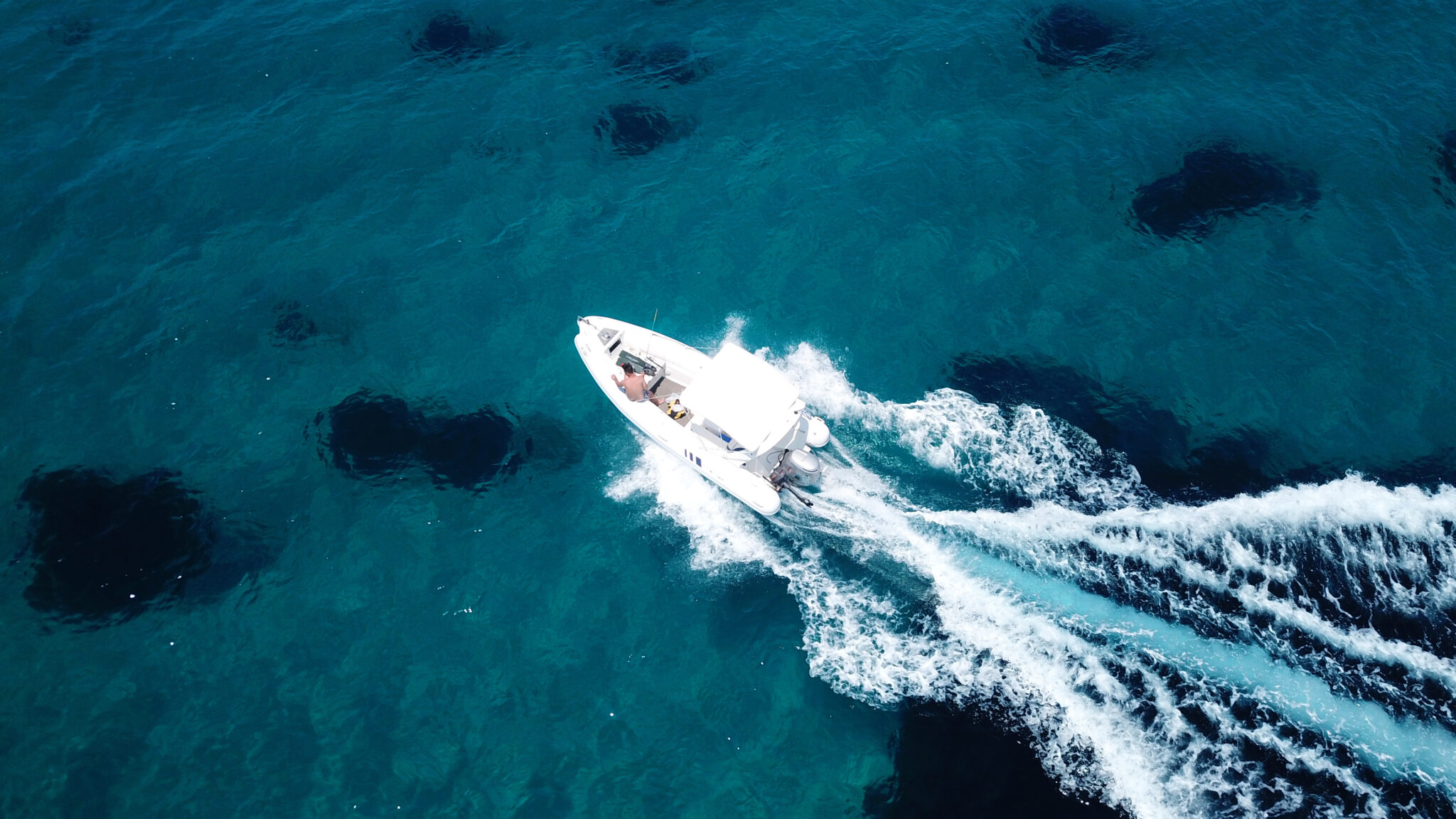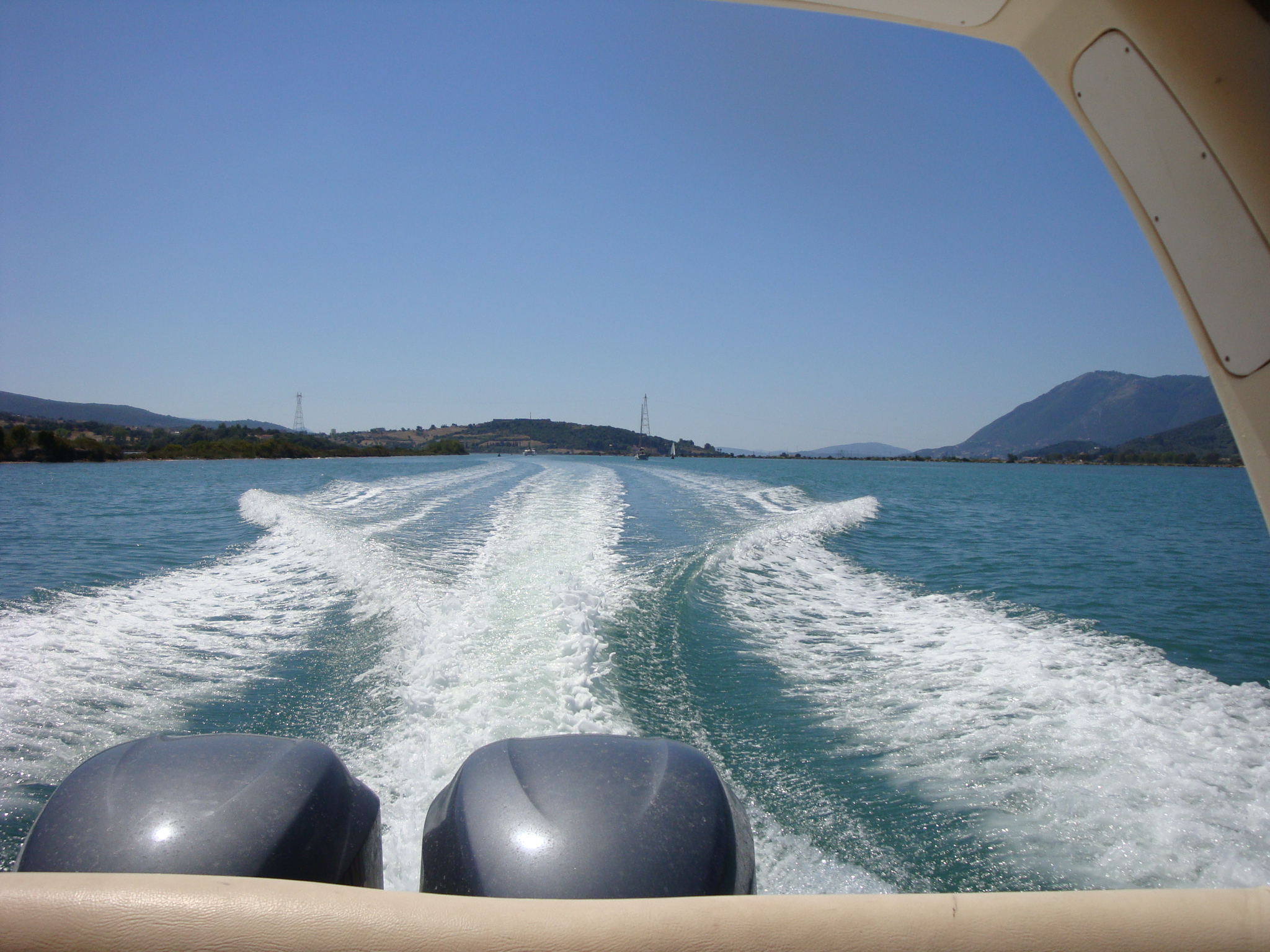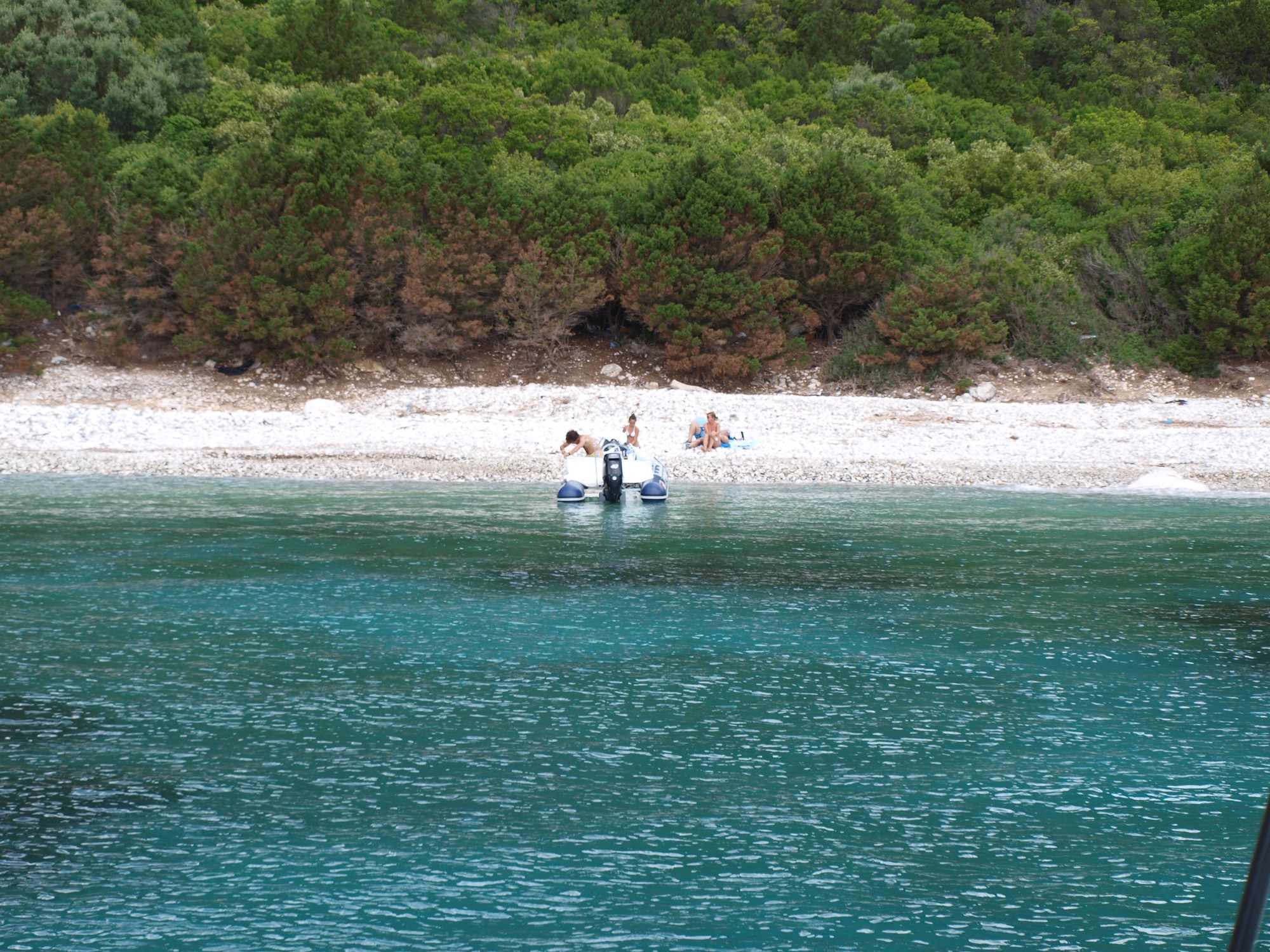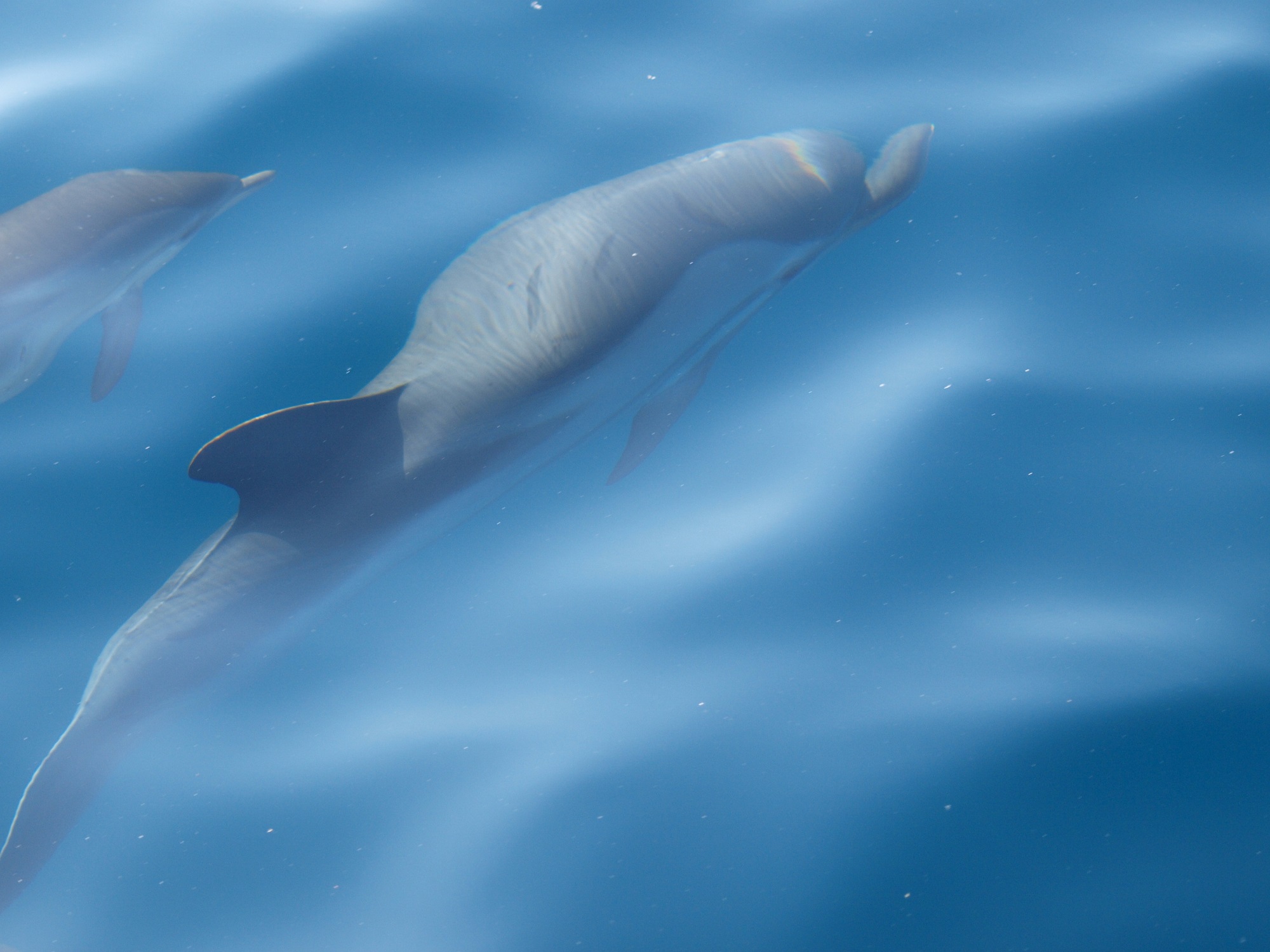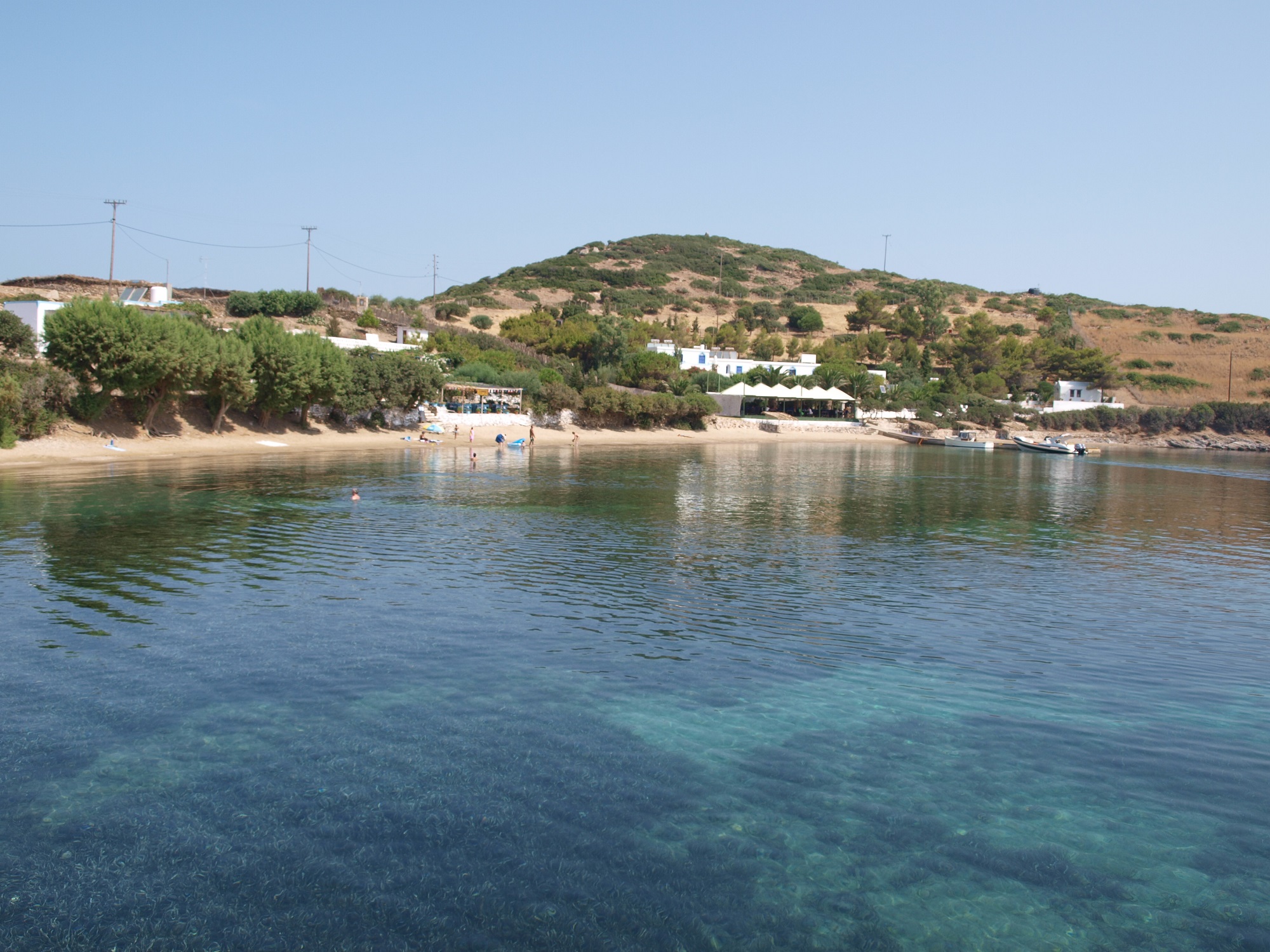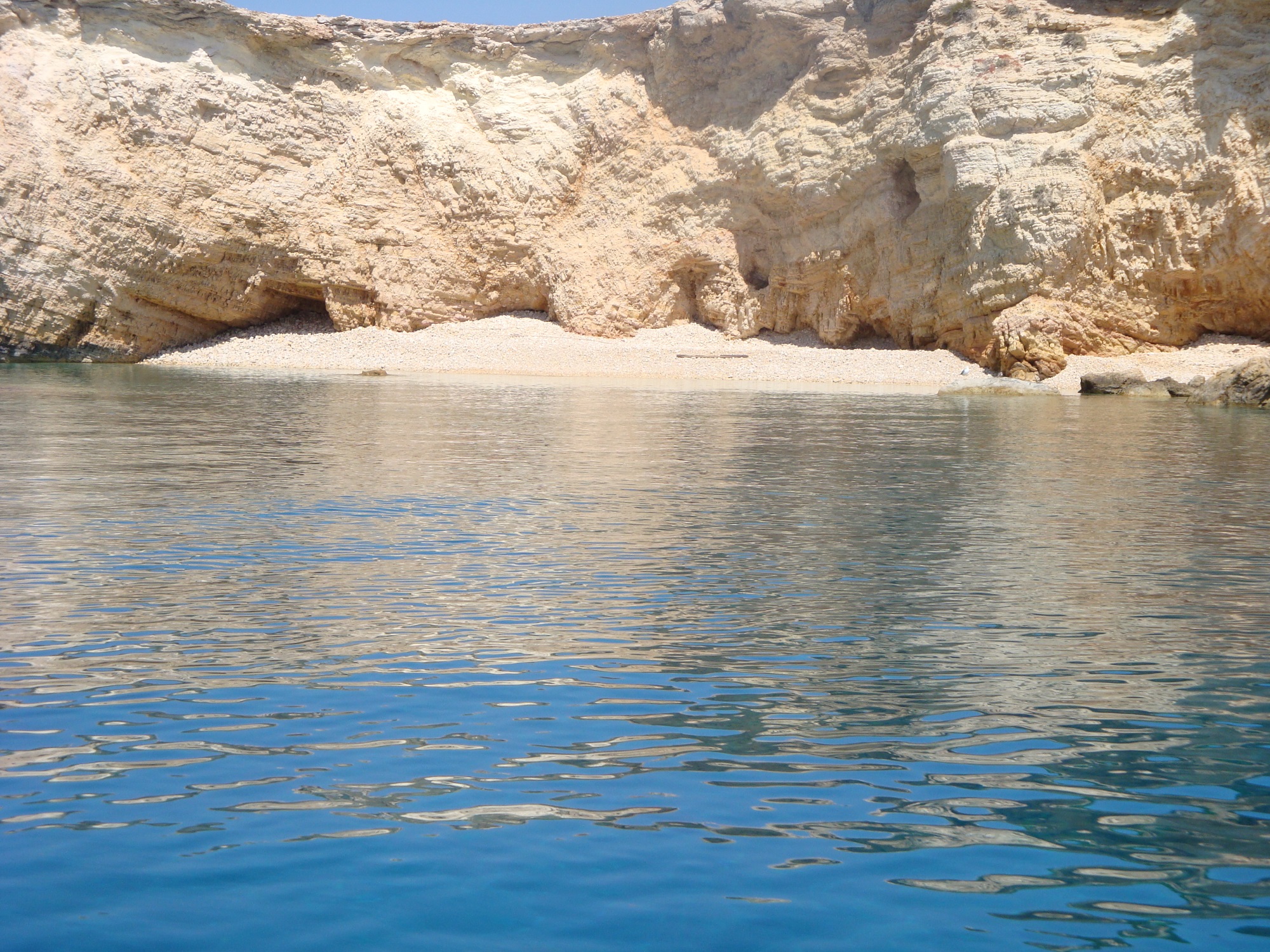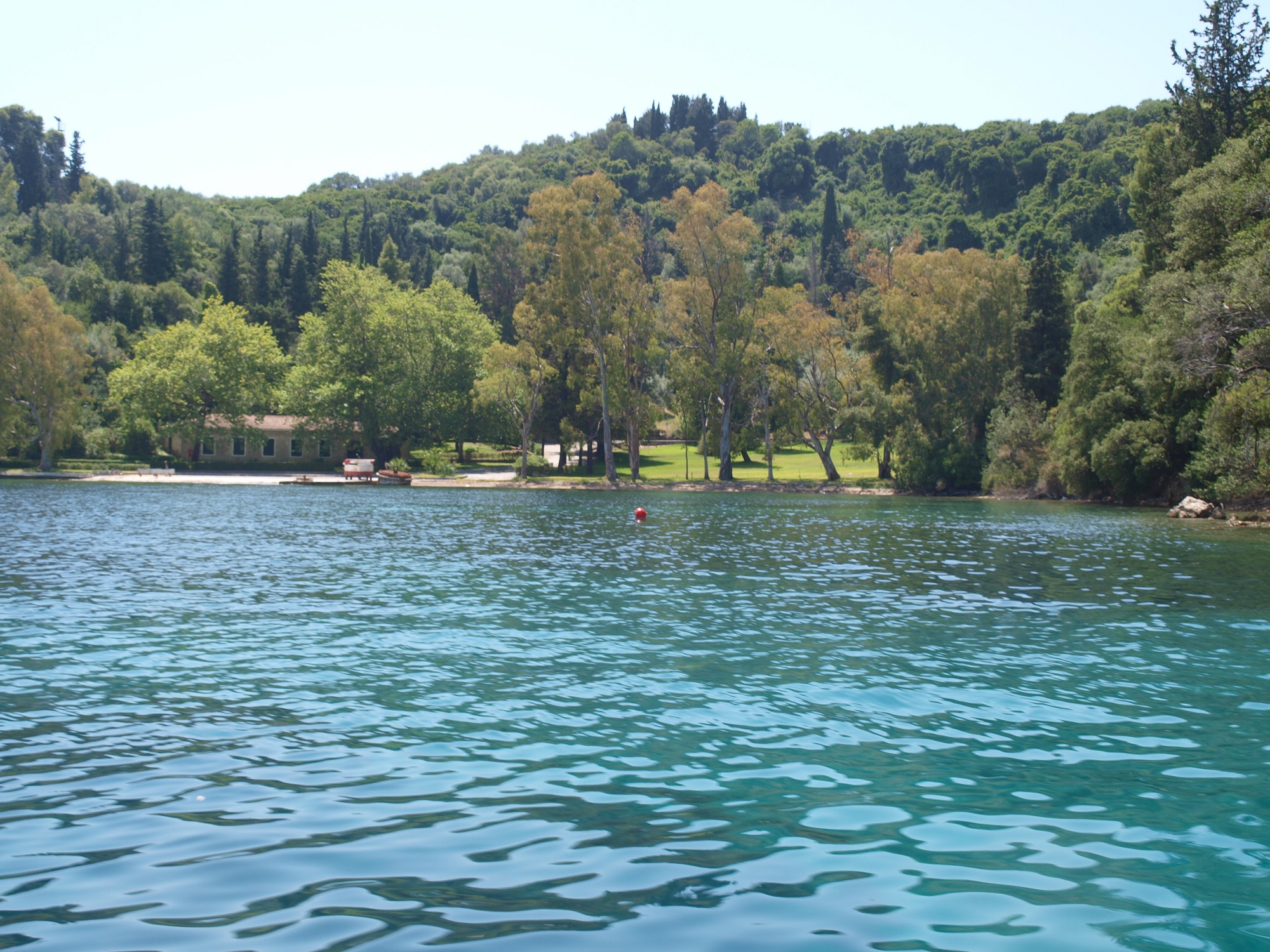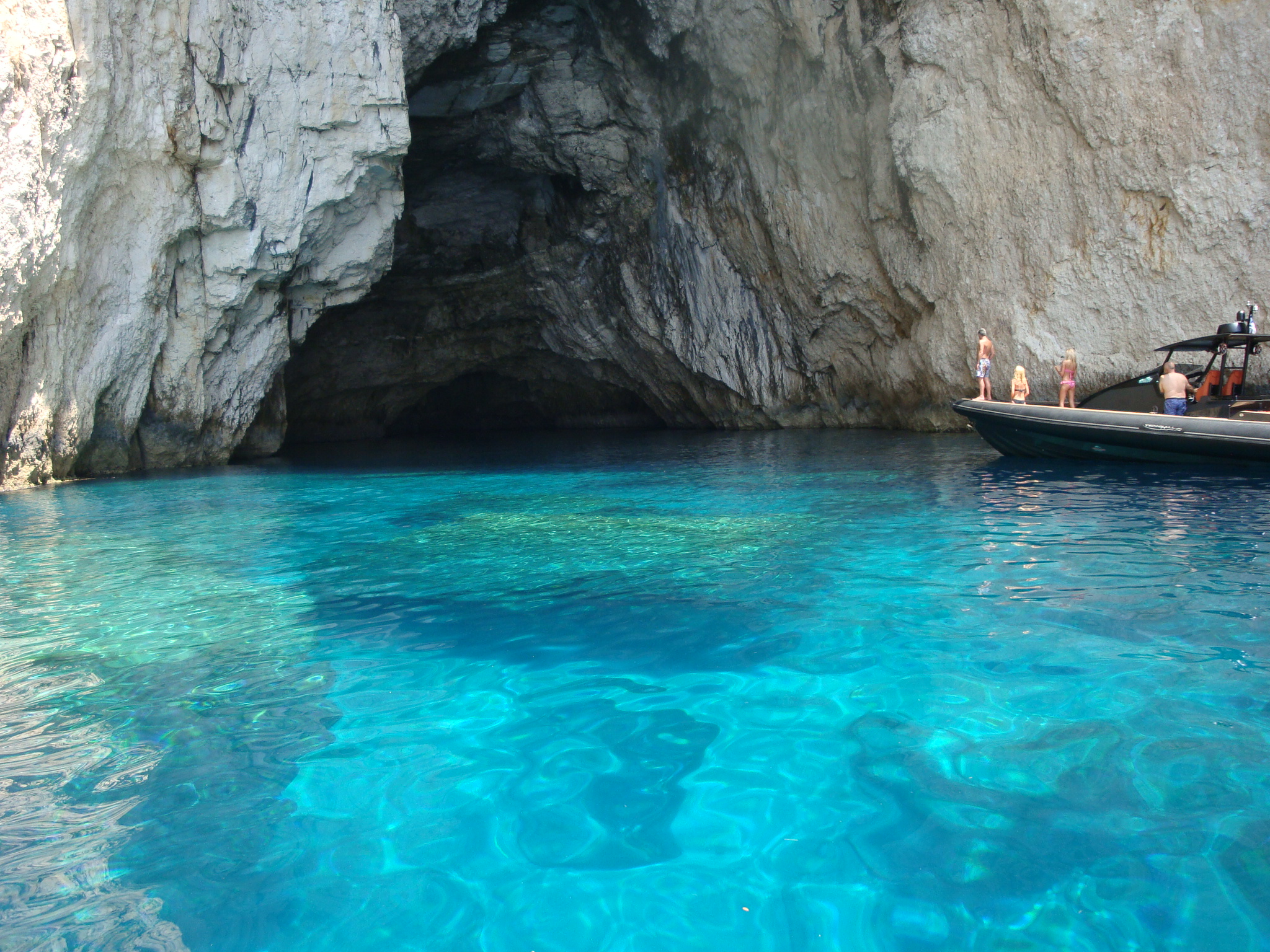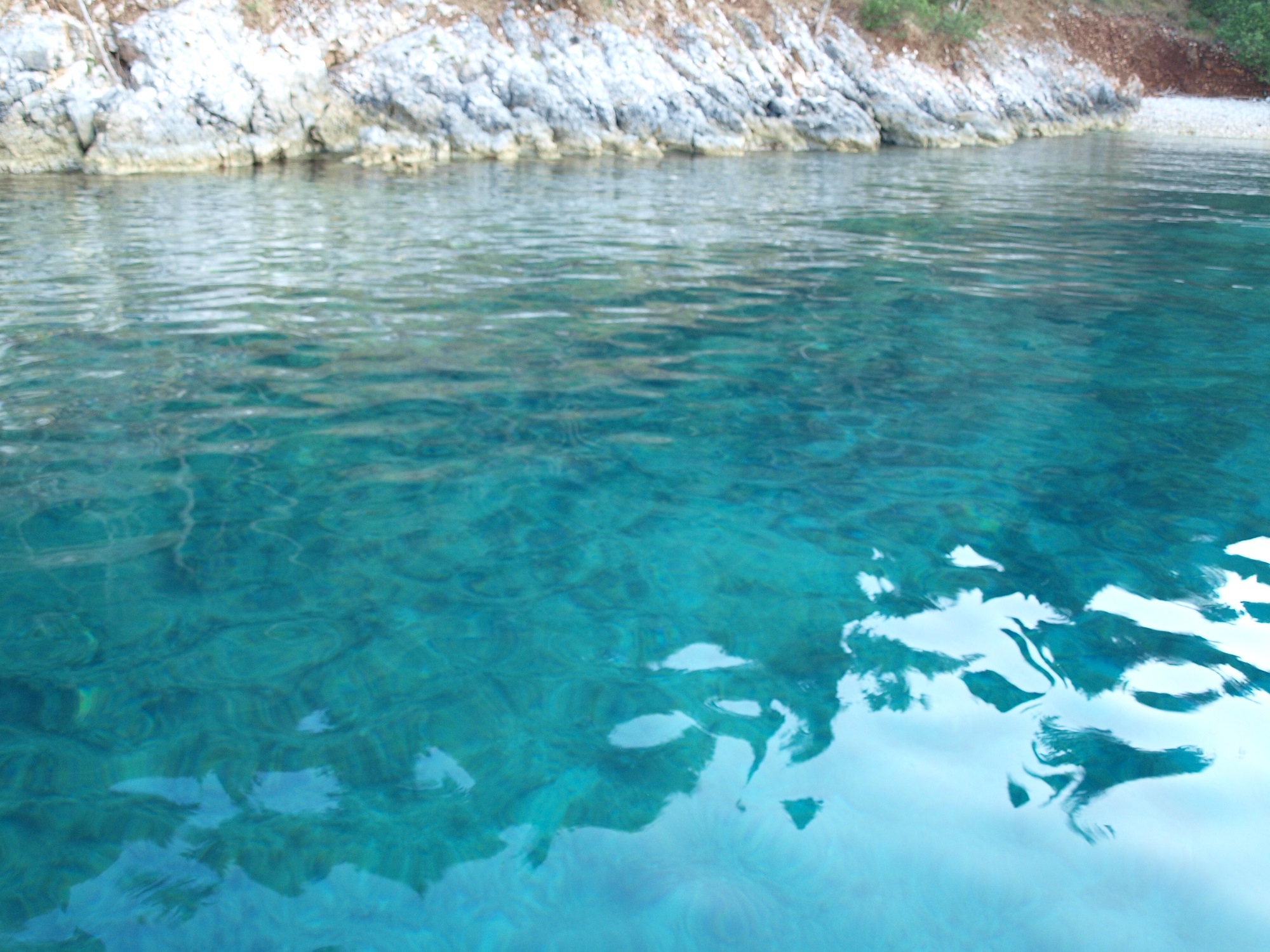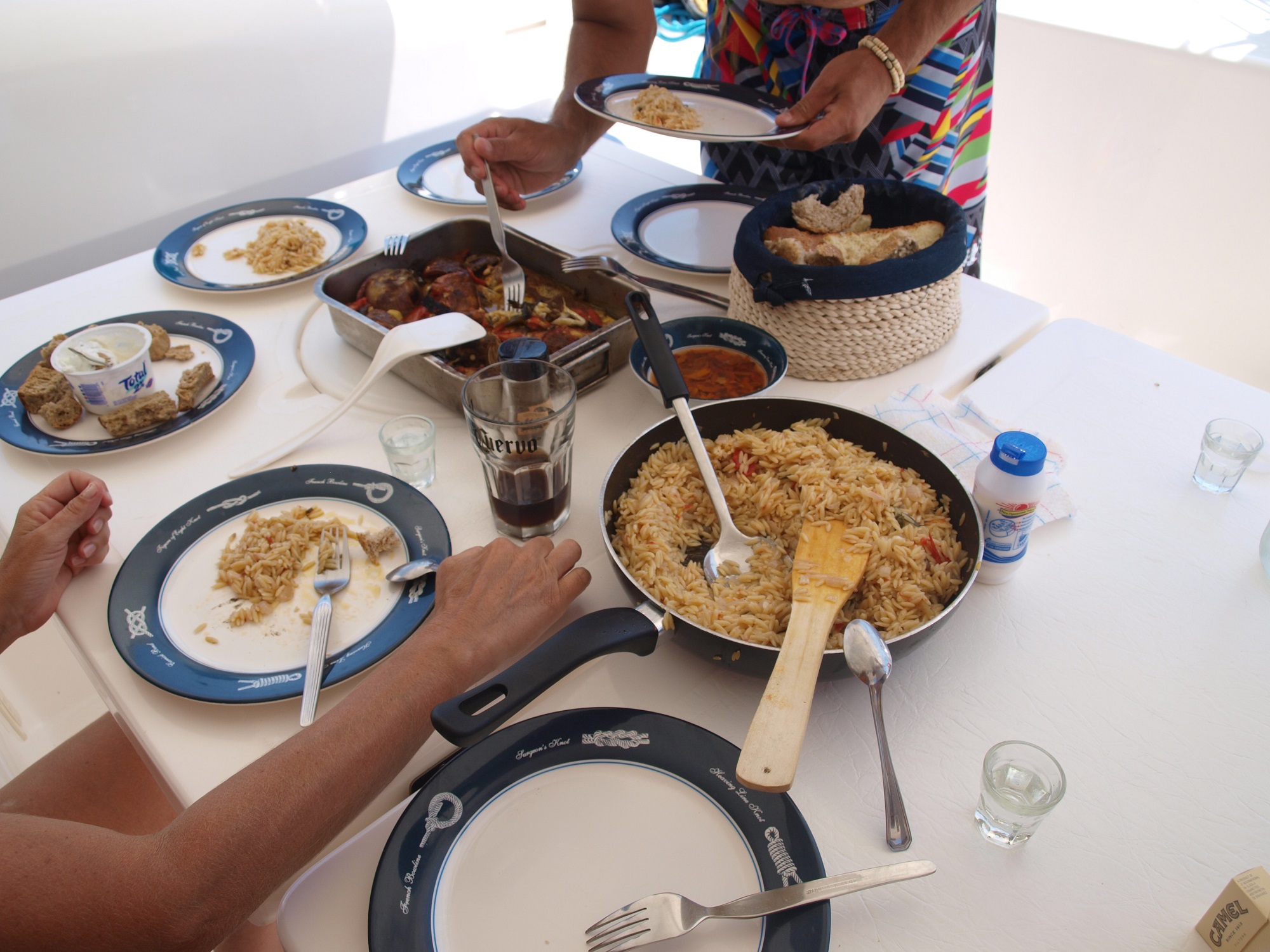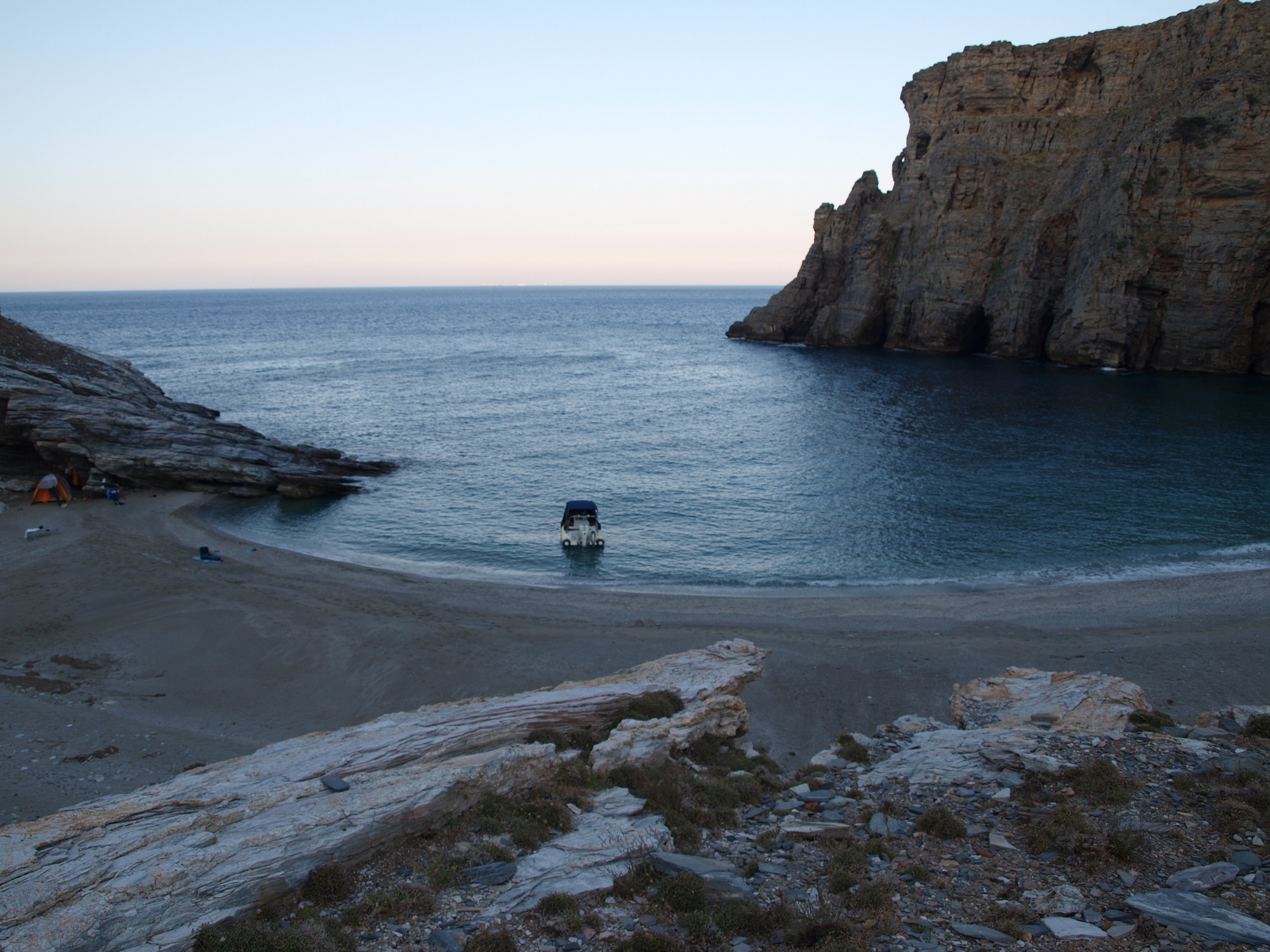Rigid inflatable boats (RIB) belong to a special category of boats not in terms of budget but mainly in terms of philosophy. That is, the people who invest in a 12-to-15 metres-long yacht, are quite different to those who invest in a sailboat, or a catamaran and similarly, those who invest in a RIB are quite a different kind of people too.
A RIB, by definition, a sort of ‘Spartan’ speed boat, in that it comes with very few comforts and quite a few ‘hardships’. What makes it attractive is its flexibility and capacity to go anywhere. So, it’s ideal for those who love the sea and want to be in direct contact with it and who love discovering more isolated, harder to access, unique beaches.
Not all places are the same even if they are great for the same or similar activity. An island popular with tourists will be distinct from a more ‘alternative’ island; a large island will be different from a small one; the barren setting of a Cycladic island will contrast with the verdant landscapes of the Ionian Sea. Below, you’ll find some routes where a RIB –a boat for every place and every weather– is almost a must. Let’s start with somewhere very close to Athens.
A RIB in the Gulf of Evia
Going up the Gulf of Evia in a RIB is one of the nicest summer experiences. Just outside Halkida, you go under the new imposing bridge, while passing under the town’s old small bridge, where the water is affected by the moon, is magical.
At Halkida’s Yacht Club (just after the old bridge on the right) you’ll find everything you need for your boat, while right across it, at the fishermen icehouse, you can get ice for your fridge.
After that, it’s worth stopping at Dafni beach and going to the tavern of the same name, that lies hidden among the pines. There, you’ll enjoy fresh fish and seafood in the cool of the trees. Next stop, the pristine beach Melouna, where it’s worth staying at least for a swim.
Continuing north, you’ll cross the foothills of mount Dafnontas that seems to dip vertically into the water; the cliff and the landscape’s wildness are breath-taking. Your next stop should be Evia lake, with the almost Cycladic vibe, for a meal at one of the taverns.
On a RIB in the Sporades
We’re out in the Aegean Sea, which means it’s windy – and you must always be careful on a boat. But the Sporades islands, exactly because they’re higher north, have two main advantages: they’re cooler and have weaker Etesian winds. So, going from one island to the next – they’re close to one another– is a beautiful, unique experience.
Skiathos, Skopelos, Alonnisos and distant Skyros, green, with emerald waters and calm, protected bays covered in pines and plane trees, will make you feel like Magellan. There are amazing taverns by the sea, serving fresh fish and lobster, and we recommend you visit the Kira-Panagia National Marine Park, where you can play with the seals and the dolphins.
Skiathos is known for its stunning beaches, with Koukounaries being the most famous and beautiful one, with fine golden sand and a pine forest offering its shade. Lalaria beach, with the large white pebbles and the imposing rock, however, is a bit more impressive – access is only by boat. Go to ‘Sklithri’, for food, but if you want seafood, ‘Akros Beach Skiathos’, on the islet Akros, is where you should head, where you’re bound to find other ‘RIB-ers’. It’s as close to the sea as you can get.
The nicest beach of Skopelos is Agnontas, with pine trees offering shade and a little tavern offering food. Panormos is ideal for families, while it’s also worth visiting Adrina, with the fine pebbles and the emerald waters, where the homonymous hotel and restaurant is located. You can also eat at Agnontas at ‘Agnanti’ where they serve really great traditional dishes with a twist.
The best two beaches of Alonnisos are Agios Dimitrios, across the island Peristera, and Kokkinokastro. Both have fine pebbles and bright blue waters. We recommend going to Steni Vala for food, at either of the two taverns at the small bay.
At Patmos’ ‘Polynesia’
We leave the Sporades islands, to follow a different RIB route, at the exceptionally beautiful ‘little Polynesia’ of the south Aegean, just below Patmos. It comprises of the islands Arkioi, Lipsi, Agathonisi, Marathi and Tiganakia and is one of the most exciting places in Greece for RIB travelling: protected from the winds, with rare waters, almost lagoon like, it seems to be somewhere really exotic.
Ride the RIB to various calm bays, hidden-away deserted beaches, emerald waters, little taverns and well-kept rentals that will make your holidays magical. A swimsuit, a couple of t-shirts, a pair of shorts and a towel is all you’ll need to pack for a few days away. Perhaps add to that a few cold beers or a chilled bottle of wine.
The emerald waters all over the area are perfect for a swim, but Marathi deserves a special mention, since you’ll arrive at a beach with almost indigo waters, covered in tamarisk trees offering their shade. Mihalis, from ‘Marathi’ tavern is always willing to help you dock at the pier, with his pirate flag always raised.
At the edge of the whole area, you’ll find Agathonisi with its distinct tavern on a platform in the sea. You’ll have your heart’s fill of fish, casserole dishes, and grilled meats there. The south side, with the amazing Tiganakia islands, gets crowded with boats. Head to the southernmost edge of Aspronisi, to the amazing white pebbled beach with the bright blue waters. The landscape at Makronisi is also stunning: if you dive next to the cave and swim through the opening, you’ll get to an amazing, internal ‘sea-lagoon’.
The eternal Ionian Sea
Despite the many and unique beauties of the Aegean Sea, the Ionian is perfect for RIB rides. That’s why every summer the place is bursting with Italian tourists on RIBs. There, the sea won’t give you trouble, and the endless days of windless calm allow for endless rides from one island to the next, where you can enjoy visits at fishermen villages, calm bays and beaches with crystal clear waters and the lush greenery.
One of the most beautiful stops there is the scenic Fiskardo in Kefalonia, the amazing beaches across from Ithaki, up to Agia Efimiia, the bay of Myrtos and the scenic Assos bay. In Ithaki, we recommend the beaches Frikes, Kioni, and the wonderful bay Vathi. Corfu is also perfect for exploring the coast, with its ‘golden’ beaches and the exciting Paleokastritsa, while the risktakers will be charmed by the Diaponties islands (Erikoussa, Othoni and Mathraki).
Where to start with Paxi, a destination that you can only truly explore by RIB? Or with the wonderful Lefkada with the stunning Kathisma, Egkremni and Porto Katsiki beaches? Those in the know, will make sure to also visit its south part with Meganisi, a place with wonderful fjords.
What you should be aware of as a RIB beginner
The charms of RIBs have tricked many who hurried to splurge for a rigid inflatable boat which they then quickly wanted to sell after they realised they can’t handle it (because it’s too tiring) or because they don’t have friends who care to join them on their excursions. And unfortunately, reselling after 1 or 2 years of use rarely reaches over 50%, or at best 60%, of the original price.
So, we recommend taking your time when deciding to buy a RIB. First of all, make sure you’ll have company willing to join you on your trips, at least your significant other, and maybe a couple of friends. Second, be careful with your choice of co-travellers. RIBs are very small, and you’ll be at close quarters, so, you need to get along really well to avoid having a falling out. Third, before buying your own, try to travel with a friend’s or rented RIB so you can be sure it’s right for you and you can handle everything it involves –find a place to park it in the winter, put it in the sea, take it out, endure the spray when you’re in it etc).
Another thing you need to keep in mind is that you should never take any useless items with: when you realise there’s no space for them, it will already be too late. A very important point to bear in mind, is that you should always have a full tank and at least two extra jerrycans. In addition, you need to always abide by the law, that is, you need to have all the legal paperwork, have the life-saving appliances that are required (as well as anything you think is needed) and you need to follow sailing law and rules. Be extra careful when sailing during the night, because it may be really beautiful, but it’s also very dangerous. Go slowly and be careful. If the RIB you get doesn’t come with a sun-covering, you need to get one, to cover its length and be easy to open and close because the sun is really hot once you’re not at full speed. After each season at sea, you need to service the boat and the engine. Never forget this.
What you need to always have in your RIB:
Navigation instrument.
Special maps for the ports and beaches so that you can avoid reefs.
Extra rope for easily tying at a dock, or next to other boats. These need to be outside of storage, so that they are easily accessible when you need to use them.
An extra engine, though the outboard engines are now quite reliable – certainly a second propeller.
A funnel with a sieve since gas on the islands may not always be as clean as it should.
A series of tools: occy straps tie-wraps for easy tying, a good flashlight (it’s saved lives) and a sharp Swiss knife.
Sea or motorcycle goggles to avoid the spray.
Masks, snorkels, swim fins and good sea shoes, as you might need to go on rocks.
The right size buoys.
A key-ring that floats, for your keys.
The fridge needs to be filled with ice – ideally a fisherman’s fridge as it keeps ice for much longer – as well as with beer, wine, tsipouro, whatever you like, and certainly the ingredients for a Greek salad.
Plates, glasses and cutlery, as well as salt-and-pepper shakers, olive oil and vinegar – necessary for having a lovely brunch on a deserted island, like a modern-day Robinson Crusoe.
Cold water.
Final note, and we can’t stress this enough: don’t throw anything –absolutely nothing– in the sea. And don’t leave even the tiniest piece of litter on the beach.
Read also:
6 Greek islands ideal for climbing



